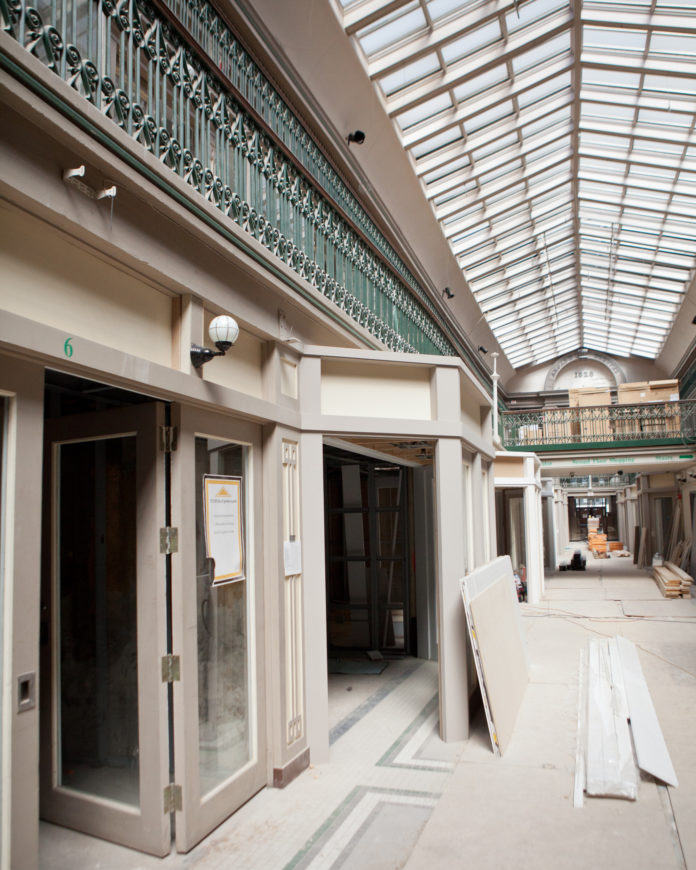
PROVIDENCE – Direct spending on commercial real estate development in Rhode Island in 2012 ranked among the lowest in the country, according to a report by the Commercial Real Estate Development Association Research Foundation released Oct. 7.
Rhode Island’s total expenditures of $71.8 million landed the Ocean State at No. 48 in the report’s ranking of the 50 U.S. states and the District of Columbia. Only Vermont, Montana and West Virginia ranked lower.
According to 2012 U.S. Bureau of Economic Analysis statistics, Rhode Island ranked No. 46 among the states and Washington, D.C., in the size of its economy, based on its gross state product, ahead of North and South Dakota, Montana, Wyoming and Vermont. Massachusetts ranked No. 12.
Broken down into the subcategories of office, industrial, warehouse, and retail and entertainment development, the Ocean State’s spending in 2012 was as follows:
- Office: $3 million (No. 50)
- Industrial: $11 million (No. 40)
- Warehouse: $16 million (No. 37)
- Retail and Entertainment: $42 million (No. 43)
Massachusetts ranked at No. 7 overall, with direct spending of $1.8 billion in 2012. The breakdown of commercial real estate development spending in Massachusetts was as follows:
- Office: $944 million (No. 4)
- Industrial: $434 million (No. 11)
- Warehouse: $40 million (No. 29)
- Retail and Entertainment: $365 million (No. 12)
Among New England states, Connecticut’s commercial real estate spending ranked at No. 35 with $394 million, followed by Maine (No. 43) with $105 million and New Hampshire (No. 39) with $205 million. Vermont (No. 49) spent $65 million on commercial real estate development in 2012.
“The commercial real estate industry is improving, yet is being hindered from reaching its full potential,” said Thomas J. Bisacquino, president and CEO of the Commercial Real Estate Development Association, in a release accompanying the report. “Developers and investors have to be able to anticipate levels of demand three-to-five years ahead, but their vision is clouded because of uncertainty in Washington and in state capitals, which explains the slow pace of recovery.”
National construction spending on commercial real estate totaled $100.1 billion in 2012, a 9.9 percent increase over 2011, according to the Commercial Real Estate Development Association. The increases in construction spending and activity resulted in the building of 307.5 million square feet of new space, an increase of 29 percent over 2011.
The report’s author, economist Stephen S. Fuller of the Center for Regional Analysis at George Mason University, agreed that growth projections were positive but that commercial real estate development projects will face challenges in the current fiscal climate.
“These gains and planned projects face a difficult economic road as current changes in fiscal policy and decreases in federal spending threaten the current projections of increased GDP growth and job creation through 2015,” said Fuller in a release. “These advances and increased projects are paramount to continued growth in the country, as the U.S. economy cannot achieve sustained expansion in the absence of the development industry’s full recovery.”












